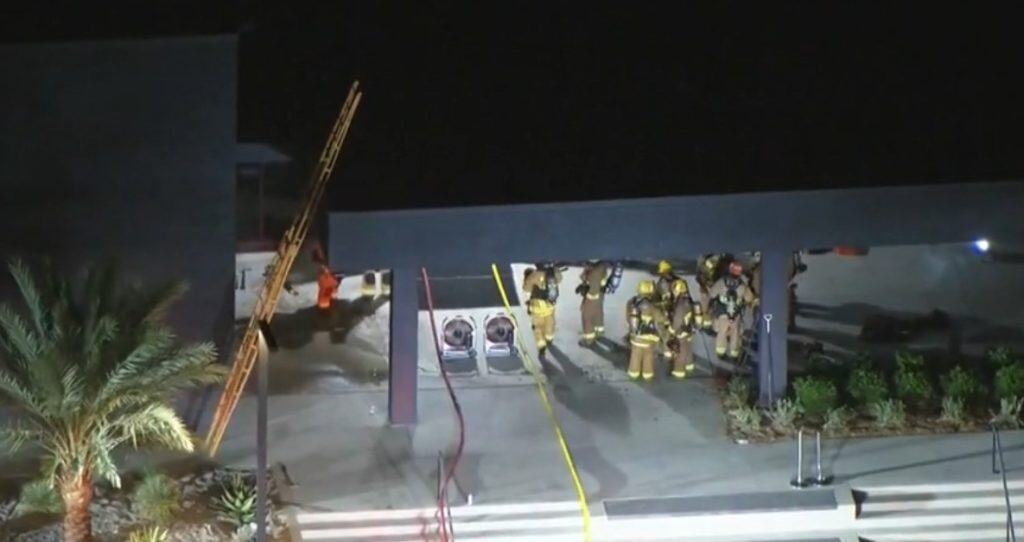
The blaze erupted at the GM Advanced Design California Studio, located near Sierra Madre Villa Avenue and Rosemead Boulevard, a roughly 149,000-square-foot facility that opened last year and represents a key investment by GM in advanced design and mobility.
Fire crews arrived shortly after the alarm was raised and ultimately classified the incident as a four-alarm fire, mobilising over 100 firefighters and a hazardous-materials team. Thick smoke and the presence of lithium-ion battery packs in prototype vehicles complicated efforts on-site.
While early briefings suggested the fire might have damaged several prototype vehicles or even parts of the building, GM issued a statement indicating the incident was “isolated to a single concept vehicle” and “did not spread to any other vehicles, design concepts, or the building itself,” to The Drive.
According to local reports, one firefighter became trapped inside the facility during the operation but was safely rescued and declined medical transport. The fire was officially declared under control at approximately 1:21 a.m. Thursday — more than seven hours after it began.
Despite GM’s claim of containment, industry sources suggest at least one concept vehicle was destroyed and that there may be additional water- and smoke-related damage beyond the immediate fire zone.
The facility is temporarily closed while authorities investigate the cause and assess the extent of the damage. GM has said it will cooperate fully and hopes to resume operations as soon as possible.
The Pasadena studio is part of GM’s broader push into advanced vehicle design, including concept cars that blend electrification, future mobility and brand heritage. The fire, therefore, threatens not only physical assets but also momentum and timelines for projects under development there.
Lithium-ion battery fires present unique challenges—including risk of thermal runaway and re-ignition—raising questions about fire-suppression readiness in facilities that house both cutting-edge prototypes and hazardous materials.
For the city of Pasadena, the blaze ranks among the largest structure fires in years, prompting renewed attention to fire-safety protocols in industrial-design and R&D campuses operating under modern material and energy-density regimes.